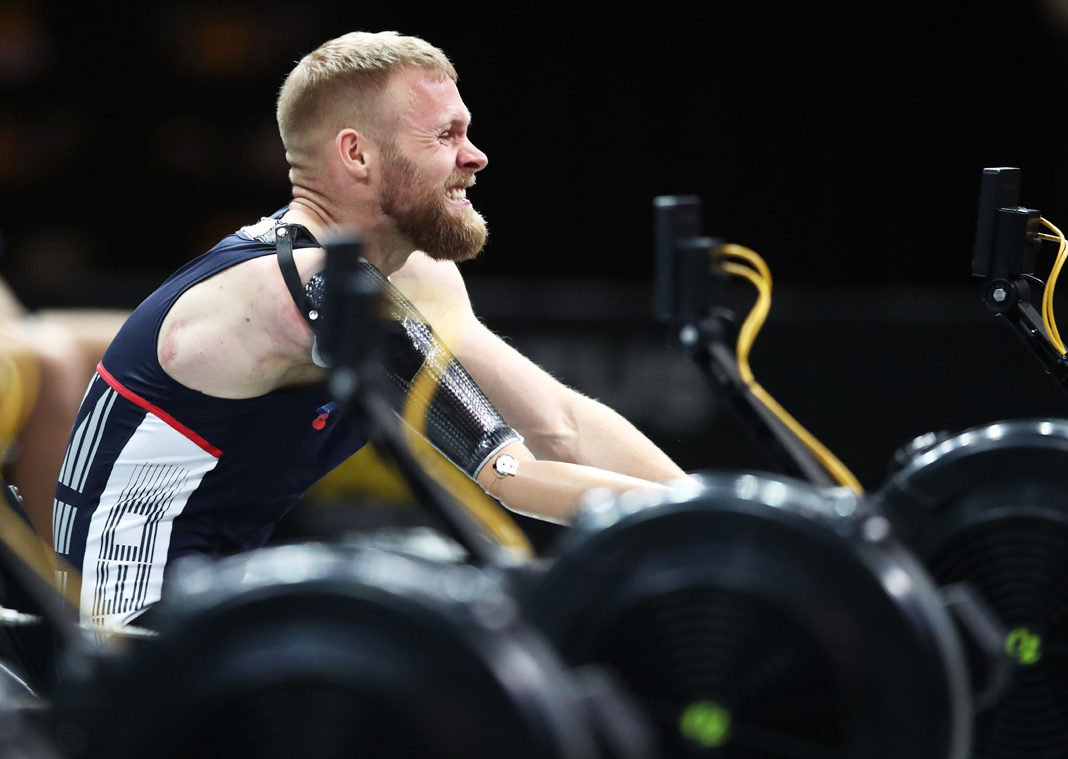Indoor Rowing
Indoor rowing is a sport of endurance, power and speed with a rowing machine used to simulate the action of traditional on-water rowing.
Sport Format

The rowing machines are fitted with a series of adaptive hand-grips and modified seats, designed to best suit the abilities of each competitor.
Indoor rowing is open to all competitors, with men and women competing in separate categories. Each category features two races; the one-minute sprint and the four-minute endurance.
Competitors may only race once in each event and must compete in the same category for both races.
The Starter, after verifying all flywheels have stopped, will call “All rowers watch the monitor” where each race start is managed by an automated computer sequence: SIT READY, ATTENTION, ROW. The race begins on ROW.
If someone false starts the race is restarted. A second false start results in disqualification.
THE CATEGORIES
Indoor rowing is raced across six categories.
- IR1 competitors are unable to use their legs, with additional limitations in one or both arms. They use a static seat and a single or double handgrip.
- IR2 competitors have good use of their arms and shoulders with some to full trunk function. They are unable to use their legs and use an upright rowing seat with leg, pelvis and chest straps for stability.
- IR3 competitors have an arm impairment that prevents them being able to use the hand grip on one side. They use a single hand grip with a standard rowing set up.
- IR4 competitors have no or limited leg function with good trunk and arm strength. They use a flat seat with leg straps to prevent movement of the knees.
- IR5 is for competitors who are blind or have low vision and those with amputations or joint restrictions in their hands and lower legs.
- IR6 is the Open category and is for those competitors with mental health conditions; minor or non- permanent physical injuries; chronic health conditions; hearing impairments and other mild impairments.




